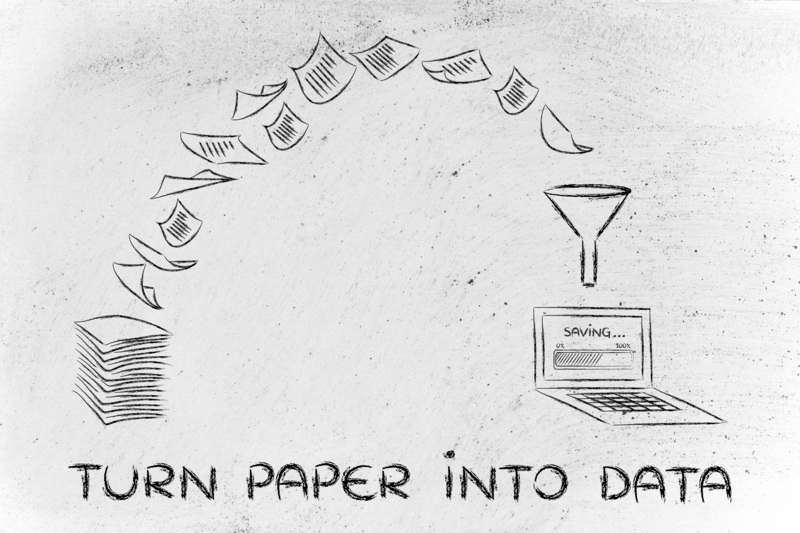School Environmental Recycling Tips
Posted on 12/09/2025
Recycling is a crucial element in the pursuit of a sustainable future. Schools can play a vital role in fostering environmental awareness and sustainability practices among students. Below are some effective school environmental recycling tips that can help promote eco-friendly habits and create a greener campus.
1. Set Up Recycling Bins
The first step to successful recycling in schools is the proper setup of recycling bins. Place clearly labeled bins in strategic locations such as cafeterias, classrooms, hallways, and near exits. Ensure bins are dedicated to specific types of recyclables, such as paper, plastics, and metals. Color-code the bins to make it easy for students to recognize and use them correctly.

2. Educate and Engage Students
Education is key to successful recycling programs. Conduct workshops, assemblies, and classroom sessions to educate students about the importance of recycling and its impact on the environment. Incorporate interactive activities such as recycling quizzes, games, and projects to engage students and reinforce the message.
3. Start a Green Team
Create a Green Team composed of students, teachers, and staff committed to promoting environmental initiatives. This team can lead recycling efforts, organize events, and motivate others to participate. Assign specific responsibilities to team members, such as monitoring bins, managing waste segregation, and conducting awareness campaigns.
4. Implement Paperless Communication
Encourage the use of digital tools and platforms for communication to reduce paper consumption. Utilize emails, online portals, and messaging apps for announcements, assignments, and newsletters. Implementing a paperless communication system can significantly reduce waste and promote a culture of sustainability.
5. Reuse and Repurpose Materials
Promote the concept of reusing and repurposing materials within the school. Set up a donation station where students and staff can exchange items such as books, stationery, uniforms, and electronic gadgets. Encourage creative projects that involve repurposing waste materials into useful or artistic items.
6. Sustainable Lunch Practices
Encourage students and staff to adopt sustainable lunch practices. Promote the use of reusable containers, bottles, and cutlery. Discourage the use of single-use plastics and Styrofoam. Organize workshops on packing eco-friendly lunches and highlight the benefits of reducing food waste.
7. Partner with Local Recycling Programs
Collaborate with local recycling programs and waste management services to ensure the proper disposal of recyclables. Seek partnerships with community organizations, businesses, and municipalities to enhance your school's recycling efforts. Access to additional resources and expertise can make a significant difference.
8. Monitor and Evaluate Progress
Regularly monitor and evaluate the effectiveness of your recycling program. Collect data on the amount of waste diverted from landfills and track improvements over time. Use this information to refine your strategies, set new goals, and celebrate successes with the school community.
Pros and Cons
Pros
- Environmental Impact: Reduces waste, conserves resources, and decreases pollution.
- Educational Value: Teaches students the importance of sustainability and environmental stewardship.
- Community Engagement: Fosters a sense of responsibility and community involvement among students, staff, and parents.
- Cost Savings: Reducing waste can lead to lower disposal costs and potential revenue from recycling programs.
Cons
- Initial Costs: Setting up recycling programs and purchasing bins may require initial investment.
- Engagement Challenges: Sustaining interest and participation in recycling programs can be challenging.
- Resource Allocation: Requires time and effort from staff and students to maintain and monitor recycling efforts.
- Contamination: Improper segregation and contamination of recyclables can hinder recycling efforts.
Recycling Tips
- Ensure all items are clean and free of food residue before recycling.
- Flatten cardboard boxes to save space in recycling bins.
- Buy products made from recycled materials to support the recycling industry.
- Encourage students to pack waste-free lunches.
- Conduct periodic audits to prevent contamination and improve recycling practices.

Takeaways
- Effective recycling in schools requires education, engagement, and continuous monitoring.
- Setting up designated bins, creating a Green Team, and partnering with local organizations are crucial steps.
- Balancing the pros and cons helps in addressing challenges and maximizing the benefits of recycling programs.
Conclusion
Implementing effective recycling programs in schools is essential for promoting environmental sustainability and teaching students valuable lessons about stewardship. By setting up recycling bins, educating and engaging the school community, reusing materials, and adopting sustainable practices, schools can make a significant impact. Despite challenges like initial costs and maintaining engagement, the long-term benefits of environmental conservation, educational value, and cost savings far outweigh the downsides. With dedication and continual effort, schools can create a greener, more sustainable future for all.



